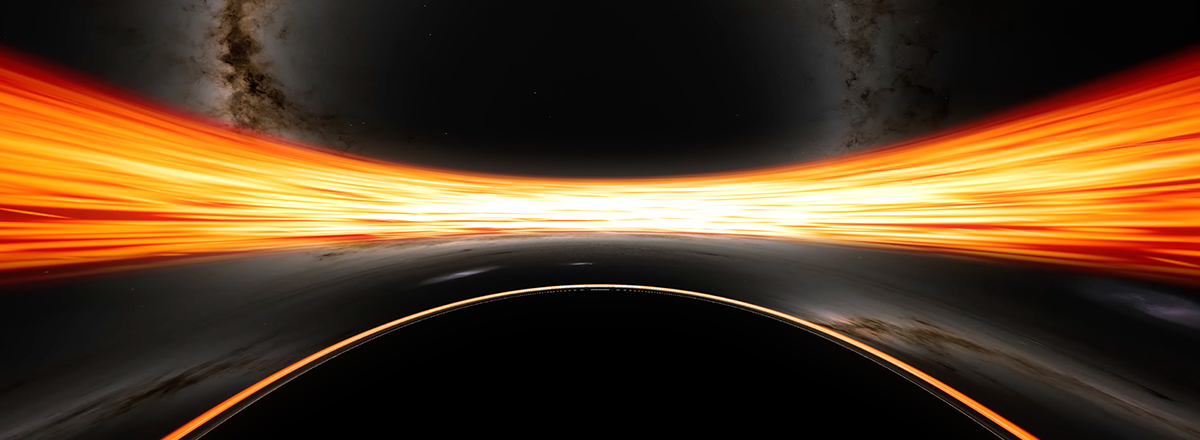NASA Unveils Visualization of a Plunge Straight into a Black Hole
The video provides a panoramic view of a journey that, until now, could only be imagined: approaching and potentially crossing the event horizon—the point of no return for matter entering a black hole.

NASA has presented a stunning visualization of what falling into a black hole might look like. Crafted with the power of a supercomputer, this simulation captures the eerie and fascinating descent into a supermassive black hole.
NASA's Goddard Space Flight Center astrophysicist, Jeremy Schnittman, developed the visualization to bridge the complex mathematics of relativity with the dramatic cosmic phenomena observed in the universe. The video provides a panoramic view of a journey that, until now, could only be imagined: approaching and potentially crossing the event horizon—the point of no return for matter entering a black hole.
The visualization plays out two scenarios using the Discover supercomputer. In one scenario, a virtual camera narrowly misses the event horizon and safely slingshots back, while in the other, it crosses into the black hole, sealing its fate. This monumental task, which took five days of computation, would have taken over a decade on a standard laptop.
This black hole, with a mass 4.3 million times that of our Sun, is modeled after the one at the center of the Milky Way. The visualization showcases how, from a safe distance, the black hole's immense gravitational pull distorts the surrounding space-time and light. As the camera gets closer, viewers can see the swirling accretion disk and the photon rings—glowing circles of light bent by the black hole’s gravity.
The real-time journey to the event horizon takes approximately three hours, culminating in the camera’s rapid spaghettification—or stretching into a long, thin shape—just seconds after crossing the horizon. In an alternate non-fatal scenario, the camera orbits the event horizon, allowing an astronaut to hypothetically return to her colleagues 36 minutes younger.

